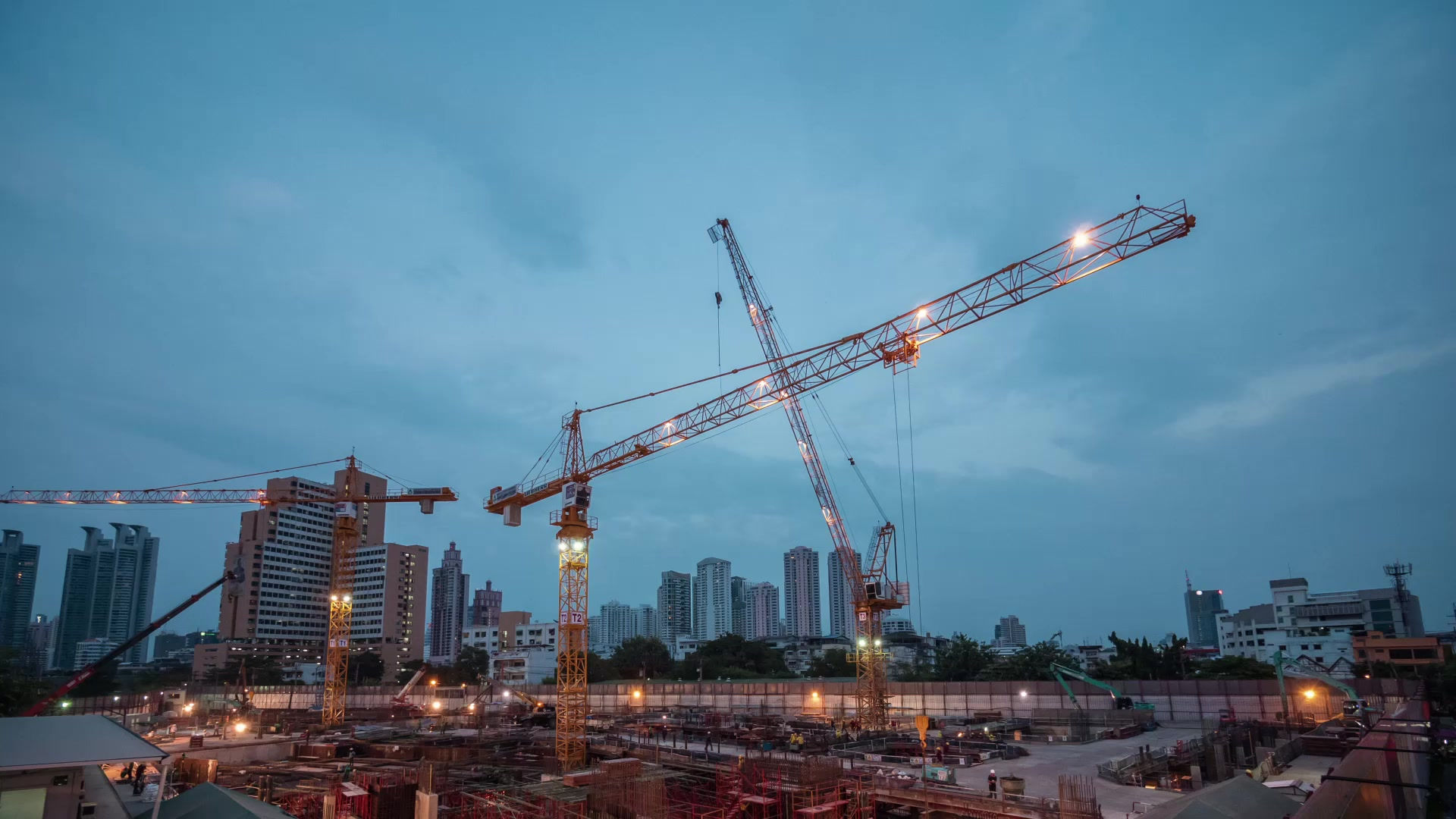Contractor Disparity in Michigan: Closing the Gap
- ecoenvironmentalso
- Mar 21, 2024
- 3 min read

The construction industry, a cornerstone of economic growth and infrastructure development, faces a significant challenge in workforce diversity, particularly in Michigan.
Recent statistics reveal a striking disparity: 86% of the construction workforce in Michigan is comprised of white men, with men constituting 96% of the entire workforce. This stark lack of diversity not only highlights a critical issue within the state but also reflects a broader challenge facing the construction industry nationwide.
Addressing this disparity by expanding the construction workforce to become more diverse offers numerous benefits, from enhancing creativity and innovation to fostering economic growth and social equity.
Enhancing Creativity and Innovation
Diverse teams bring a range of perspectives, experiences, and problem-solving skills, which are crucial in the construction industry where challenges and unexpected situations are commonplace. By embracing diversity, construction projects can benefit from innovative solutions and creative approaches, leading to improved efficiency and outcomes. Studies have consistently shown that diverse teams outperform their homogenous counterparts in terms of creativity and innovation, making a compelling case for diversity in construction.
Fostering Economic Growth
Expanding the construction workforce to include more diverse groups can also contribute significantly to economic growth. By tapping into the full potential of the labor market, including women, people of color, and other underrepresented groups, the construction industry can address its chronic labor shortages. This expansion not only helps to meet the growing demand for construction projects but also stimulates economic activity by creating more job opportunities and increasing the earning potential of
individuals who were previously underrepresented in the industry.
Promoting Social Equity
The disparity in the construction workforce also reflects broader social and economic inequalities. By actively working to diversify its workforce, the construction industry can play a vital role in promoting social equity. Providing equal opportunities for employment and career advancement in construction can help to reduce disparities and ensure that the benefits of economic development are more evenly distributed across society. This approach not only supports the individuals directly involved but also
contributes to the overall health and cohesion of communities.
Improving Project Outcomes
Diverse teams in construction are better equipped to understand and meet the needs of a varied client base. This alignment can lead to improved project outcomes that more accurately reflect the desires and requirements of the communities they serve. Additionally, diversity within teams can enhance communication and collaboration with stakeholders, including local communities, government entities, and private sector partners, ensuring that projects are completed more efficiently and with greater
satisfaction.
Closing the Gap: Steps Forward
To close the diversity gap in the construction workforce, both in Michigan and beyond, concerted efforts are required from industry leaders, government agencies, and educational institutions. Initiatives such as targeted recruitment campaigns, mentorship programs, and scholarships can attract a more diverse range of individuals to the construction field. Furthermore, fostering an inclusive work environment that
supports the development and advancement of all employees is crucial for retaining a diverse workforce.
Conclusion
The construction industry stands at a crossroads, with the opportunity to embrace diversity as a pathway to greater innovation, economic growth, social equity, and improved project outcomes. By recognizing the benefits of expanding the construction workforce to become more diverse, and taking concrete steps to close the disparity gap, the industry can ensure its long-term sustainability and contribute to the building of more inclusive communities. The challenge is significant, but the benefits of a diverse construction workforce are undeniable and well within reach.

.png)
_edited.png)
Comentarios